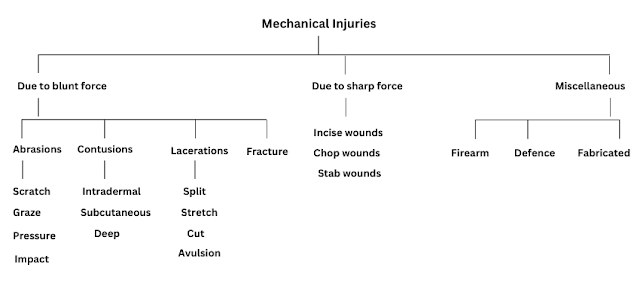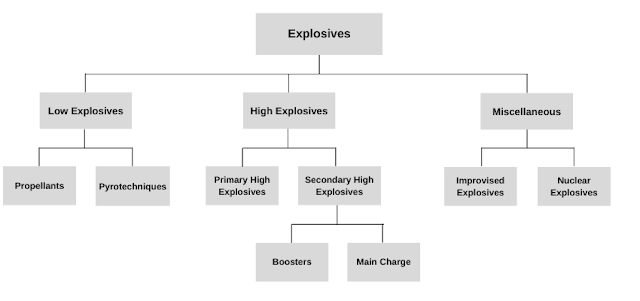Death: Definition, Types, Causes and Signs

What is Death? Death is the irreversible cessation of all biological functions that helps to sustain an organism. The remains of a dead organism normally begin to decompose shortly after death. Death is an inevitable, a universal process that eventually occurs in all living organisms. Types of Death There are mainly two types of death 1. Somatic Death It is also known as clinical death . It refers to the complete and irreversible cessation of the function of the brain followed by the cessation of the function of the heart and lungs. 2. Molecular death It is also known as cell death. It refers to the complete and irreversible cessation of individual tissues of the cells. It takes place after the somatic death and in this type of death individual cells and other biomolecules in the system die. This happens due to the loss of blood flow and oxygen for the survival of cells and tissues. Causes of death 1. Asphyxia The death of an individual due to interference with the intake of oxyge...


